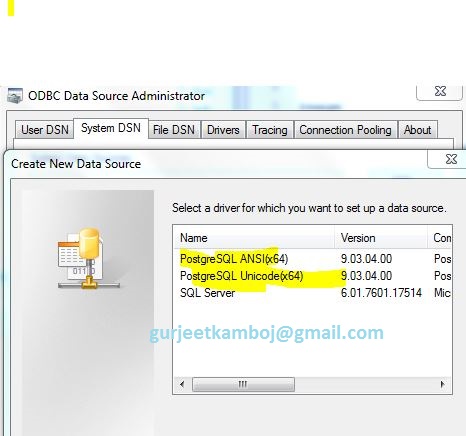if you forgot the password for of oracle database, no worry now you have alternate for this
You can easily crack the password for oracle database using plsql script.
Download the plsql code direct from the author link:
http://www.petefinnigan.com/oracle_password_cracker.htm
The cracker works on 9i (r1 and r2), 10g (r1 and r2) and 11gR1.
Please read the detail, execution requirement and other important notes.
You can easily crack the password for oracle database using plsql script.
Download the plsql code direct from the author link:
http://www.petefinnigan.com/oracle_password_cracker.htm
The cracker works on 9i (r1 and r2), 10g (r1 and r2) and 11gR1.
Please read the detail, execution requirement and other important notes.



